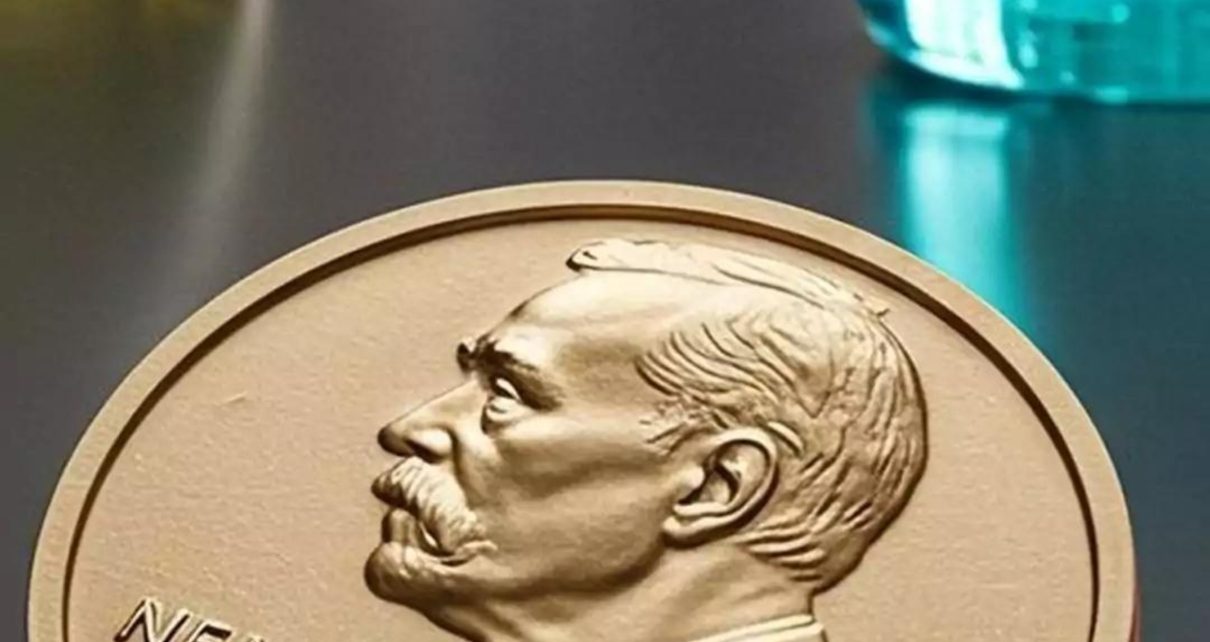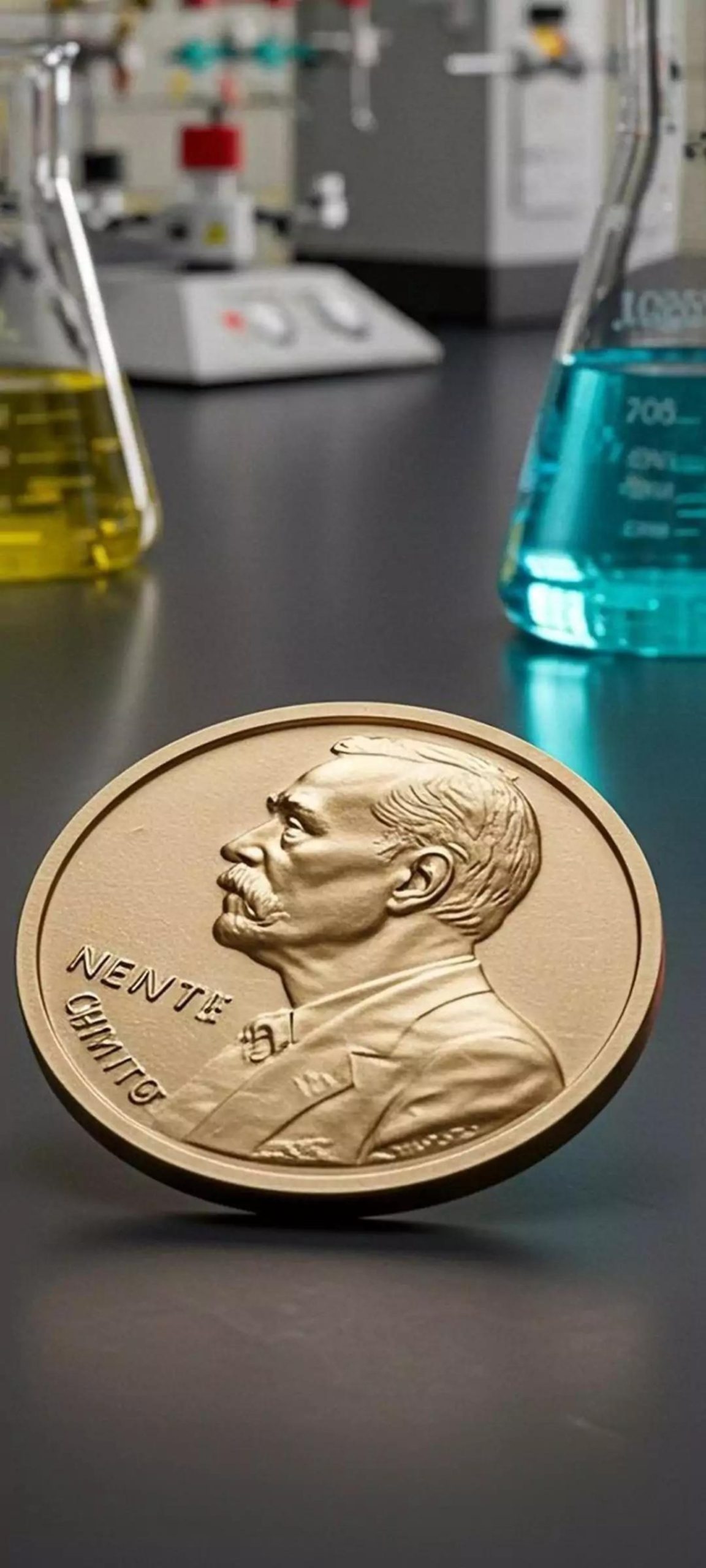By Joy Essien, Contributing Editor, Lagos Metropolitan.
The 2025 Nobel Prize in chemistry has been awarded to Susumu Kitagawa, Richard Robson and Omar Yaghi for their work in metal-organic frameworks (MOFs).
MOFs are materials that combine metal ions with organic molecules to form ordered and porous crystals.
Applications of the MOFs.
These crystalline structures, which are similar to diamonds filled with innumerable holes, have the ability to capture carbon dioxide to tackle climate change, extract water from the desert air, and even store toxic gases. Robson’s early experiments in 1989 showed how copper coins could be linked with a four-armed molecule. This simple but revolutionary method laid the ground work for MOFs and their use in gas storage, catalysis, environmental remediation and more.
Chemistry Nobel Awarded to 197 Laureates.
The chemistry Nobel has been awarded 116 times to 197 laureate’s since it’s inception in 1901. The youngest recipient was Frederick Joliot at the age of 35 in 1935, while the oldest was John B. Goodenough at 97 in 2019. The 2024 award went to David Baker for his work on computational protein design, while Demis Hassabis and John M. Jumper shared the other half for their contributions to the prediction of protein structure.
The previous day, the Nobel Prize in Physics was awarded to John Clarke, Michel H. Devoret and John M. Martinis for their work on ‘quantum tunneling.’ And the day before that, Mary E. Brunkow, Fred Ramsdell and Shimon Sakaguchi received the Nobel Prize in Medicine.
Fun fact: Of the 9 researchers who will head to Stockholm for the award ceremony in December,6 made their discoveries at American institutions. Even though some of them are not Americans. They include a Briton, a Frenchman and a Jordanian. In fact, roughly half of this year’s laureate’s carried out their prize-winning work outside their country of birth. Science has always been an international endeavor, but the share of top researchers who are also immigrants is higher than ever.



